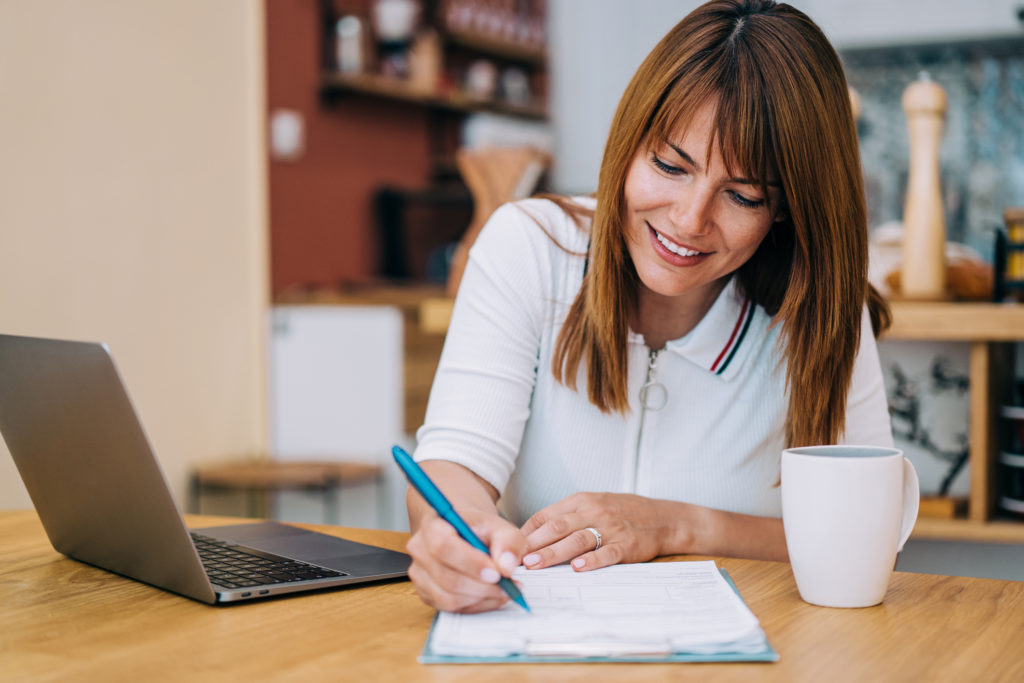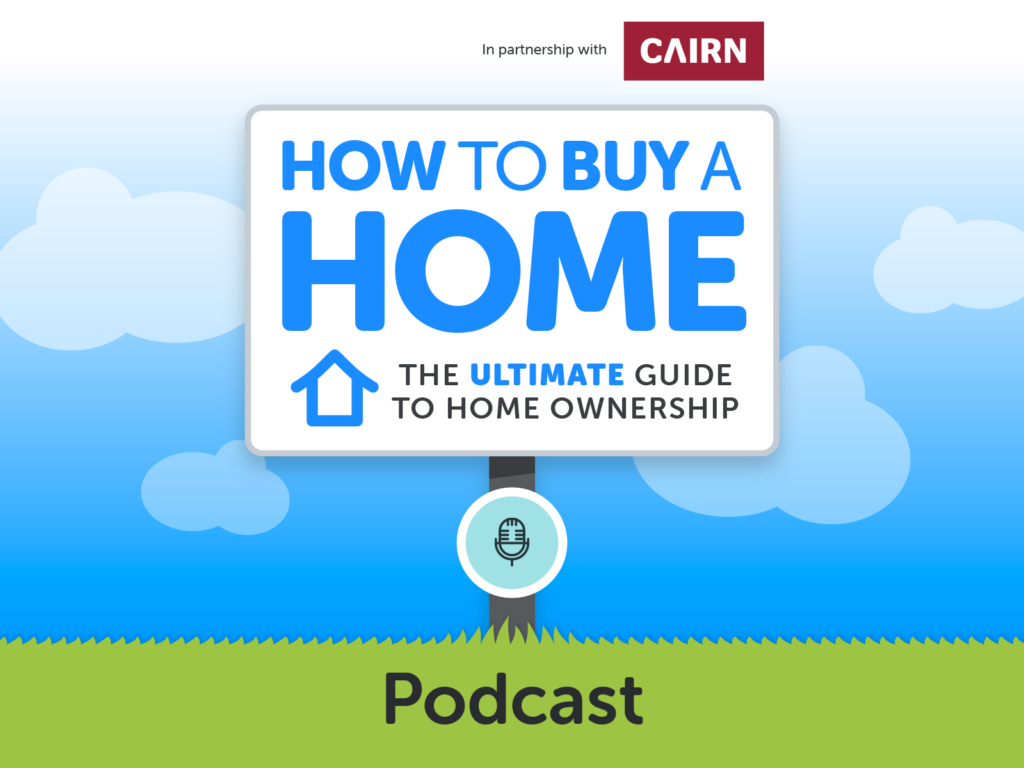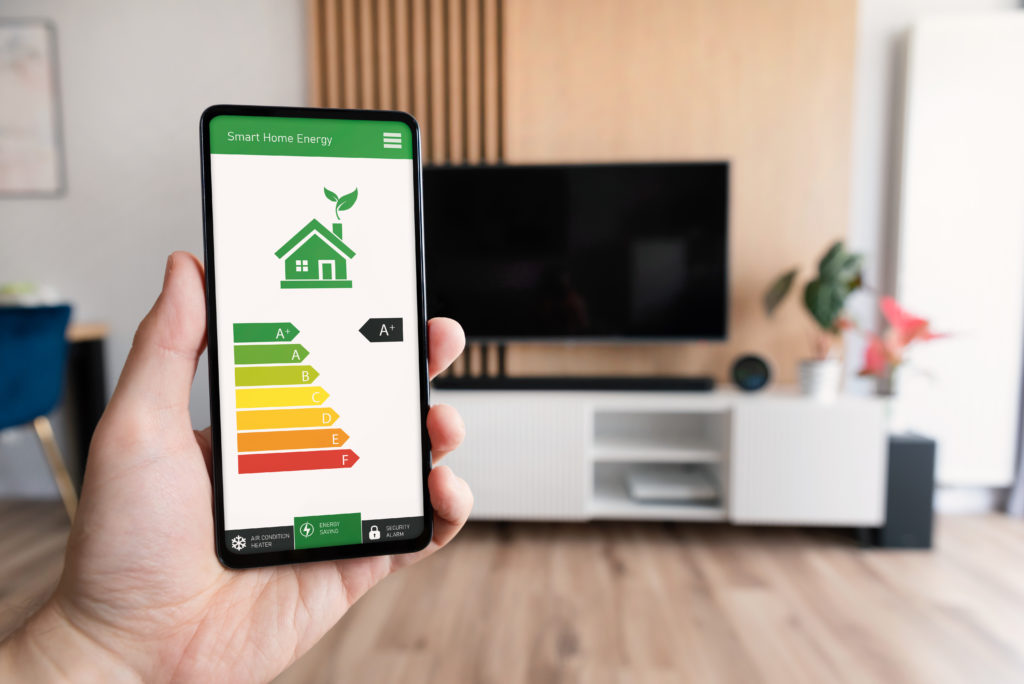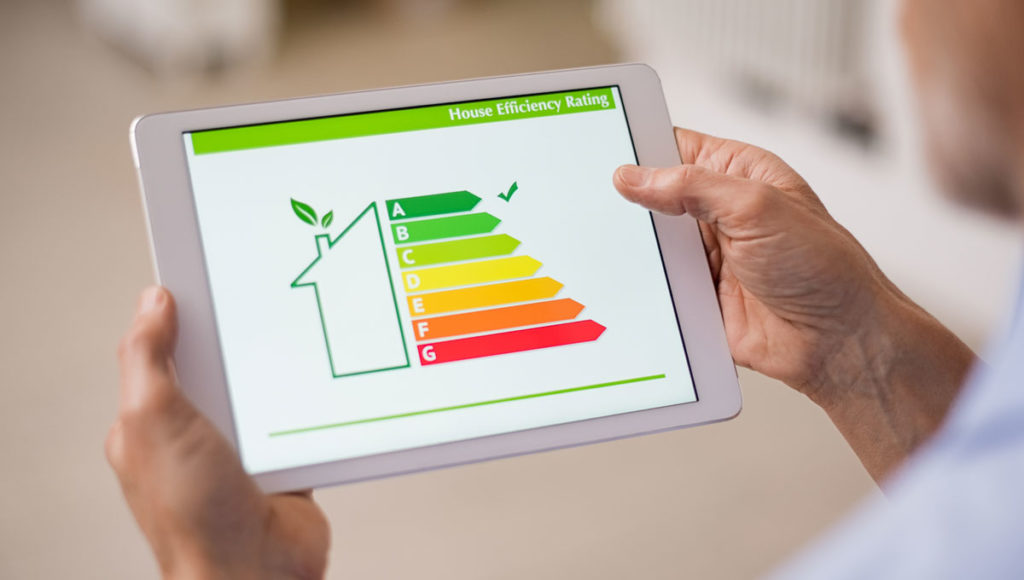Buying your new home may seem like a complex and intimidating process. We’ve compiled this simple step-by-step checklist to help you navigate through the various steps to finding your dream home.
1. Establish your budget
Make use of any one of the financial planning online calculators available online to establish, based on your income, how much you can borrow and how much your monthly repayments are likely to be.
2. Know how to boost your buying power
Research the various grants and supports available to you to understand how you can boost your buying power, including help to get your deposit together, and what are the options if you are considering buying a second hand, vacant or derelict property.
3. Prepare and gather your financial information
Be ready to apply for your mortgage by having everything you will need for your broker or lender. This may take some time, especially if you need to address any red flags in your bank statements, such as late payments or referral fees.
4. Get your professional team ready
Reach out to your bank or broker as well as your solicitor so that they are aware of your plans to purchase your new home. As well as the financial side of things, make sure you have surveyor ready to inspect prospective properties. Make sure you agree all fees in advance.
5. Explore options for your new home
It’s no harm to begin thinking about what kind of property you’re interested in – From a new house or a second-hand home to a vacant or derelict property. Your broker or lender will be interested in this as it may affect the mortgage options open to you, e.g. Green mortgage
6. Apply for your mortgage
You can do this through a broker who can offer you multiple options, or directly with your bank or lender.
Click HERE to find out what documents you are likely to need for your mortgage application.
7. Begin and refine your property search
This is where you begin to really understand the kind of property you are looking for: from location, to size, to arrangement and structure to the number of bedrooms you need. This will really help when you begin your conversations with Estate Agents, to let them know what you are in the market for.
8. Explore and prepare to apply for life insurance and mortgage protection
You will be asked by your lender to provide mortgage and life insurance before you can draw down your mortgage.
9. Engage with your Estate Agent
Make sure that you engage with your estate agent and that they know you, what you’re looking for and that you are a serious buyer. That way, when it comes to making an offer on your dream home you’re not a stranger to them and they can vouch for you to the vendor.
10. Make an offer
When you have found your dream home and are ready to make an offer, make sure that you don’t delay. Make an offer as soon as you make the decision so that you don’t loose out. The bidding process can be concluded quickly, and you don’t want to miss out.
11. Mobilise your team
Once your offer has been accepted, you should let your team know, notify your solicitor, your broker / lender and book in your surveyor to carry out the survey on the property.
12. Get your structural survey done
It’s important that you have your survey carried out by a professional. They will let you know about any major – and minor – issues that may affect your decision to complete the purchase.
13. Go Sale Agreed
Once’s your offer has been accepted you will have to secure the sale by paying the agreed booking deposit to your estate agent. From here the paperwork is transferred to your solicitor to complete your purchase.
14. Organise your home insurance and mortgage protection
Before you draw down your mortgage, you will need to have organised your home insurance as the property needs to be covered before the sale goes through.
15. Formal mortgage offer
Both you and your solicitor will be issued with your formal letter of offer. This document will cover all the details of your mortgage. Once you accept the mortgage offer, you are ready to sign contracts.
16. Contracts are drawn up
Your estate agents will send all contracts for the sale of the property to your solicitor. Contracts are legally binding, so you need to be sure of your decision before signing.
17. Contract Exchange
Both parties, you as the Buyer and the Vendor, exchange signed Contract of Sale. Once these contracts have been signed, and exchanged, you have legally agreed to buy the property.
18. Pay your deposit
Once contracts have been exchanged, the full deposit must be paid. If you are buying a newly built property, this is usually 10% of the sale price.
19. Create a new build snag list
If you have bought a new build this is when you will have the chance to inspect the property and create a snag list, this is anything that is not finished in the space or issues you might see. Once these issues are amended you can continue with closing the sale.
20. Stamp duty and other fees
The payment of stamp duty and any other fees and expenses due are looked after on your behalf, by your solicitor. You will be required to repay your solicitor for these amounts in full.
21. Collect your keys and move in!
Finally, the moment you’ve been waiting for – now you can officially close the sale and pick up your keys to your new home and celebrate before the hard work of moving in kicks in.







